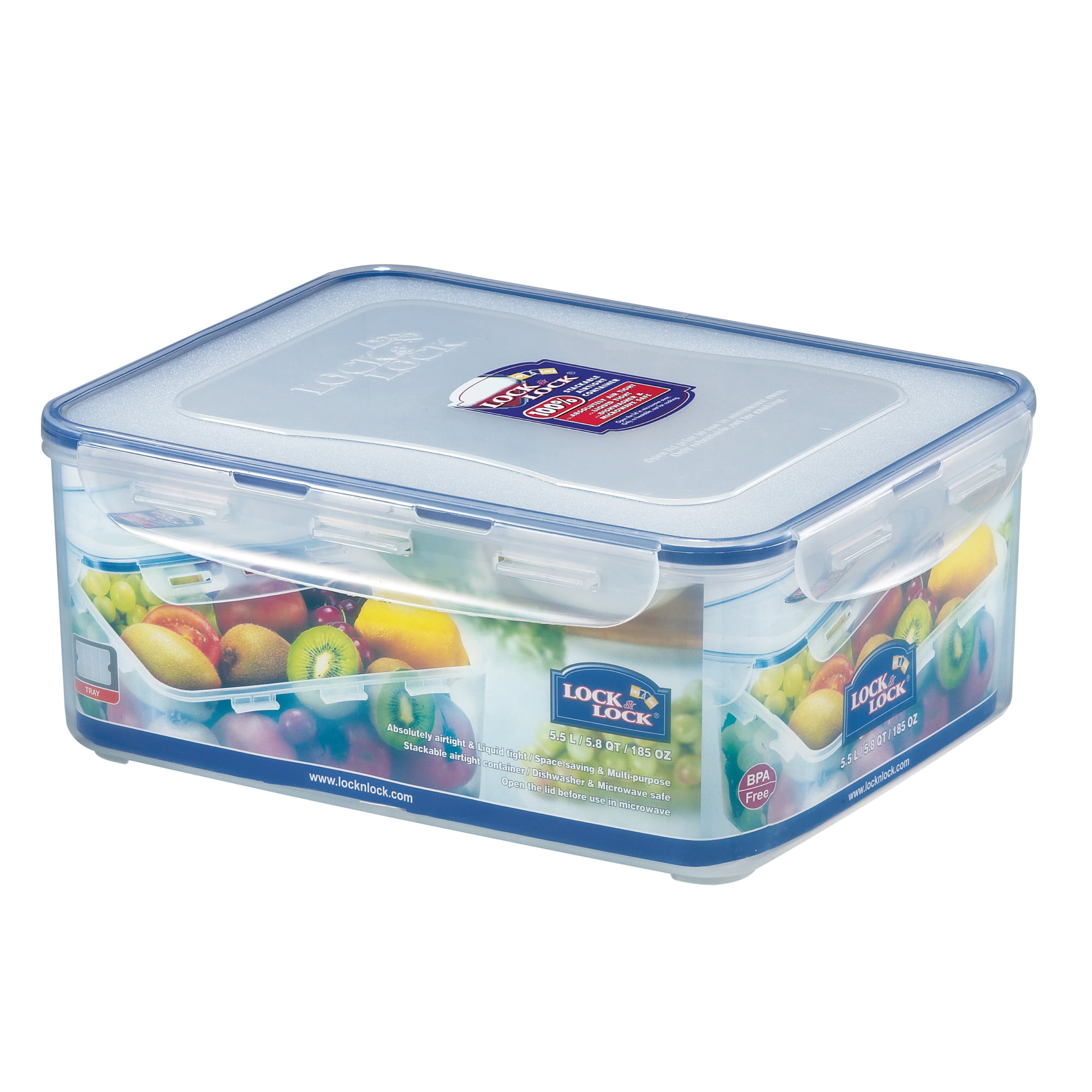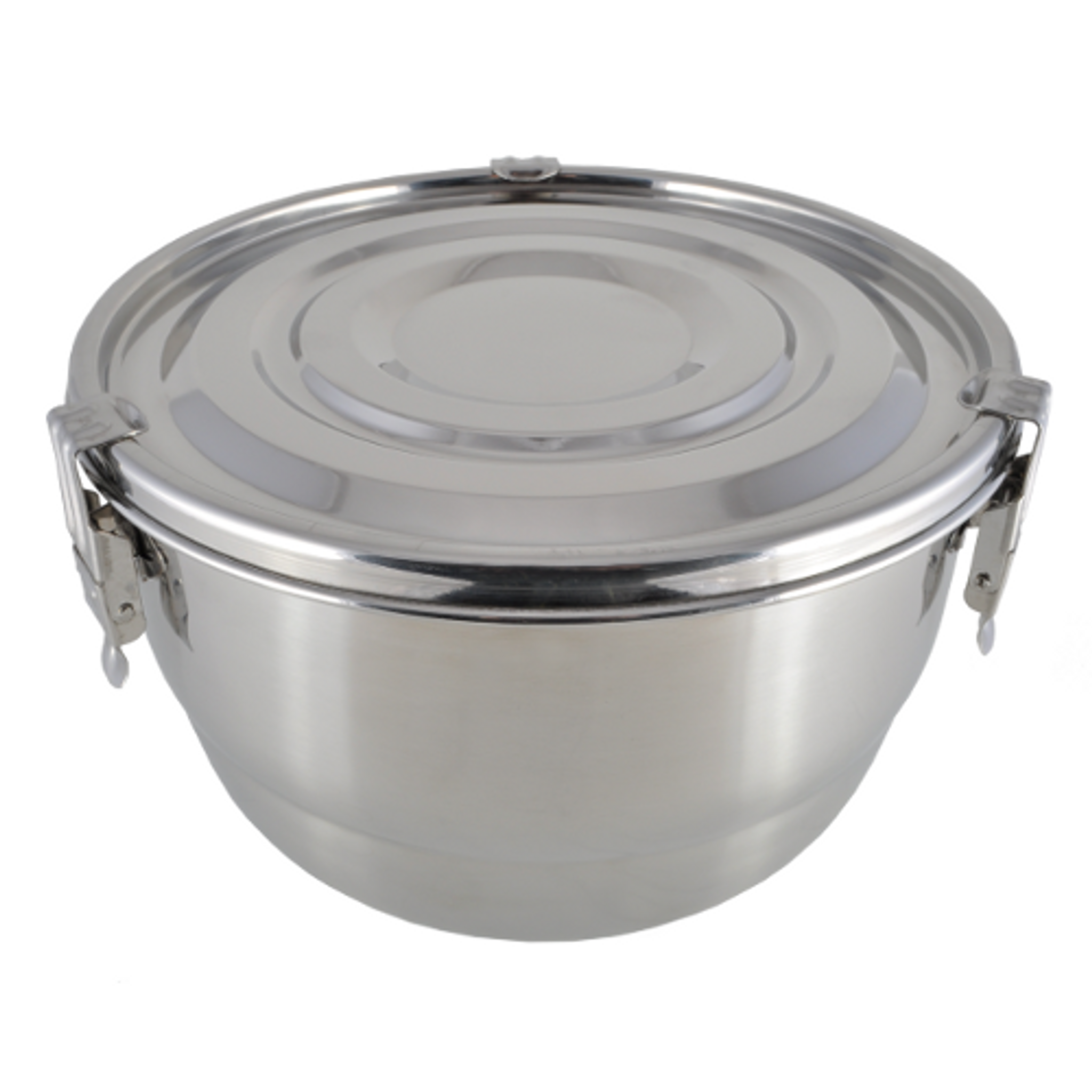Properly storing food storage containers not only keeps your kitchen organized but also ensures the longevity and effectiveness of the containers. Here’s a detailed explanation of how to store food storage containers efficiently:
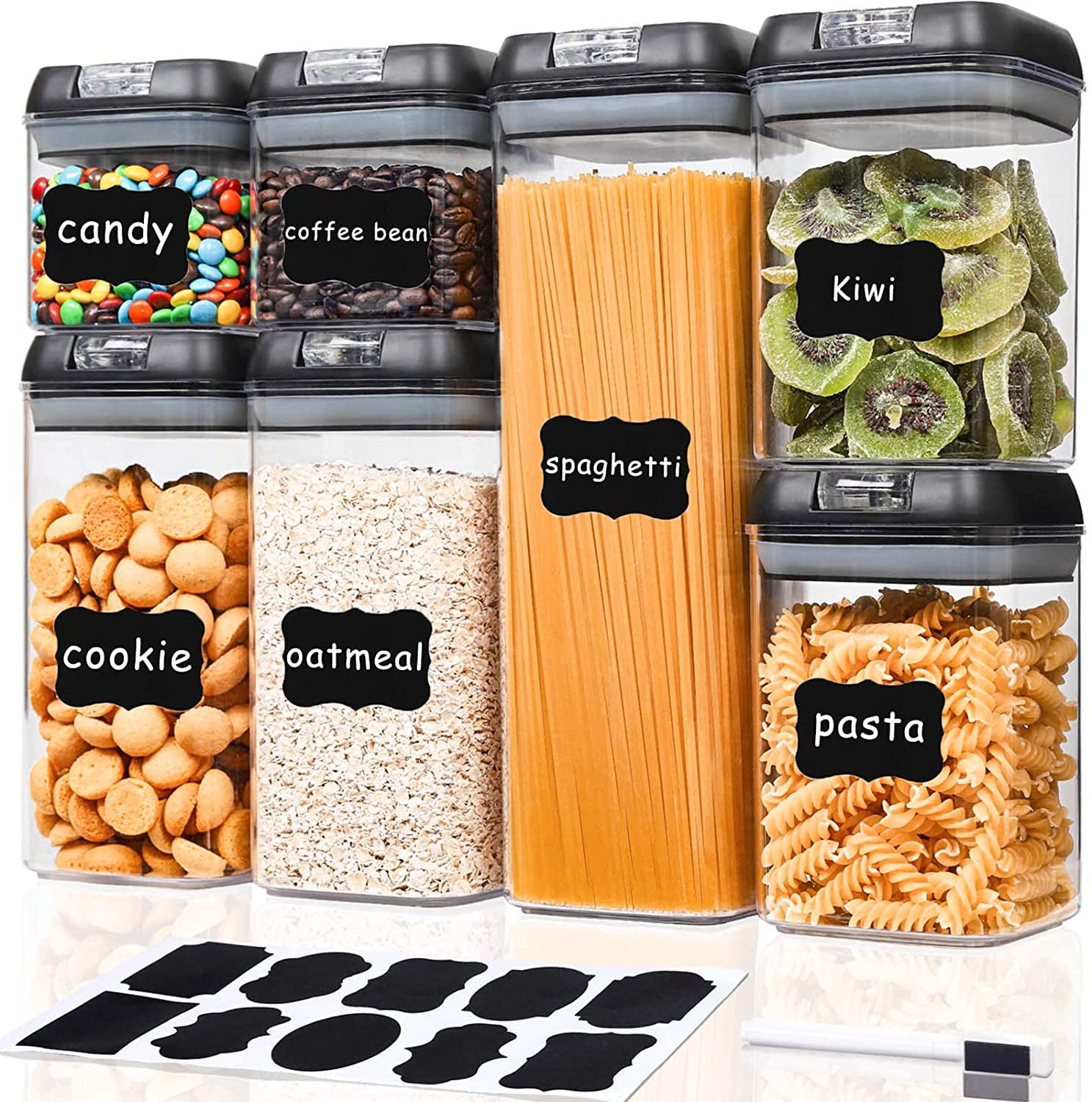
1. Choose a Suitable Storage Area:
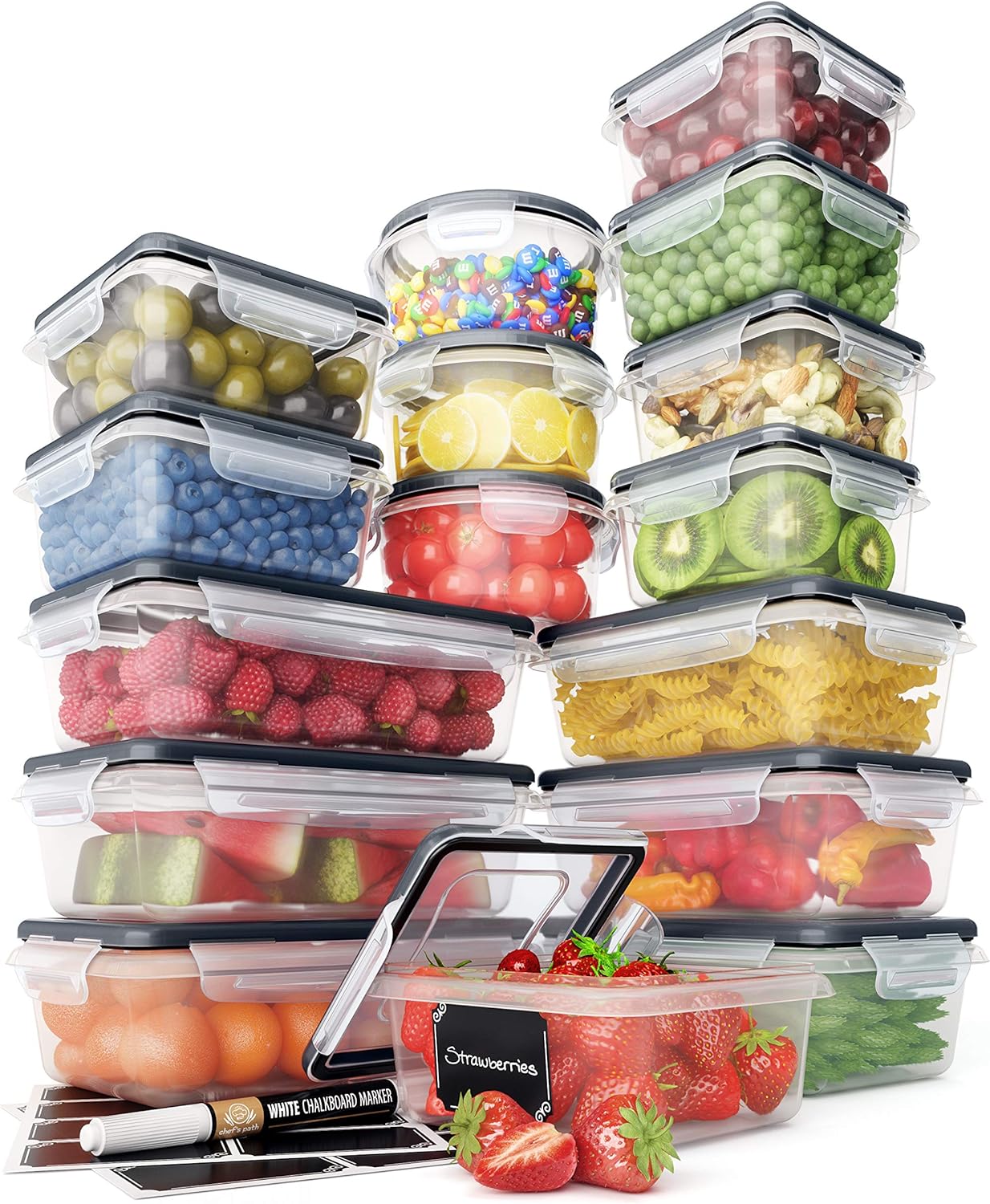
- Select a cool, dry place away from direct sunlight, moisture, and heat sources like ovens or stoves.
- Consider utilizing pantries, cabinets, or shelves that are specifically designed for food storage.
2. Clean and Dry Containers Thoroughly:
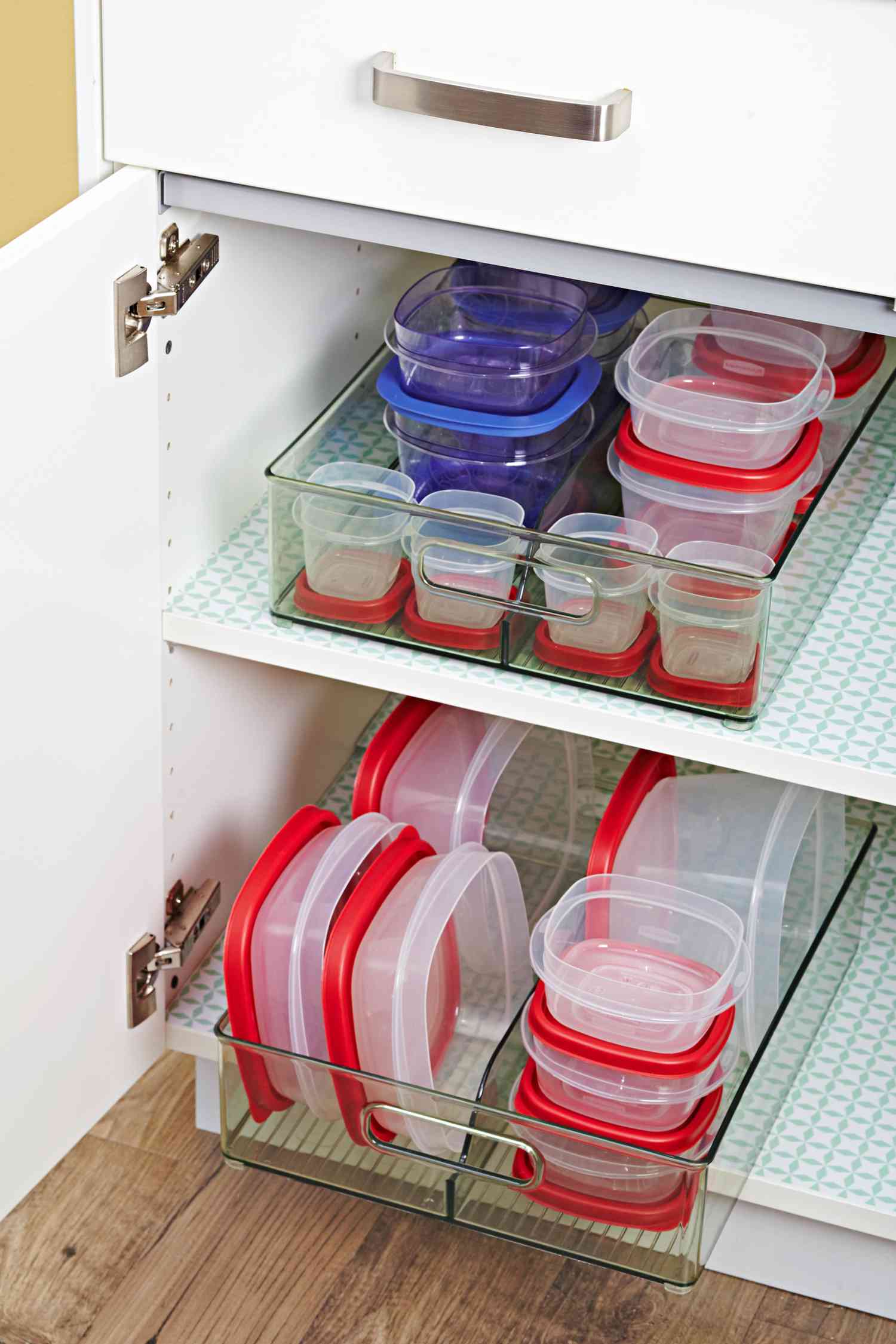
- Before storing, wash food storage containers thoroughly with warm, soapy water.
- Use a soft sponge or dishcloth to avoid scratching or damaging the container’s surface.
- Rinse the containers thoroughly and allow them to air dry completely before storing.
3. Inspect and Discard Damaged Containers:
- Carefully inspect each container for cracks, chips, or other signs of damage.
- Discard any damaged containers as they may harbor bacteria or compromise food safety.
4. Store Containers with Lids:
- Always store food storage containers with their matching lids securely fastened.
- This prevents dust, moisture, and insects from entering the container and contaminating the food inside.
5. Stack Containers Properly:
- When stacking containers, place heavier containers on the bottom and lighter containers on top.
- Avoid overloading or stacking containers too high, as this can lead to collapse and breakage.
6. Categorize and Label Containers:
- Group similar containers together based on their size, shape, or intended use.
- Use labels or tags to clearly indicate the contents of each container, making it easy to identify and access specific items.
7. Utilize Clear Storage Containers:
- If possible, opt for clear storage containers as they allow you to easily view the contents without having to open the container.
- This helps you keep track of what you have on hand and avoid unnecessary purchases or food waste.
8. Consider Storage Solutions:
- Invest in storage solutions such as shelves, bins, or drawer organizers to keep food storage containers neatly arranged and accessible.
- This can maximize available space and streamline your kitchen organization.
9. Avoid Extreme Temperatures:
- Store food storage containers in areas that are not exposed to extreme temperature fluctuations.
- Avoid placing containers near heat sources or in areas prone to freezing temperatures.
10. Periodically Clean and Reorganize:
- Periodically clean and reorganize your food storage containers to ensure they remain clean and free of dust and debris.
- This will also help you identify any expired items and maintain a tidy and organized kitchen space.
By following these tips, you can effectively store food storage containers, maintaining their quality and functionality while keeping your kitchen organized and efficient.








